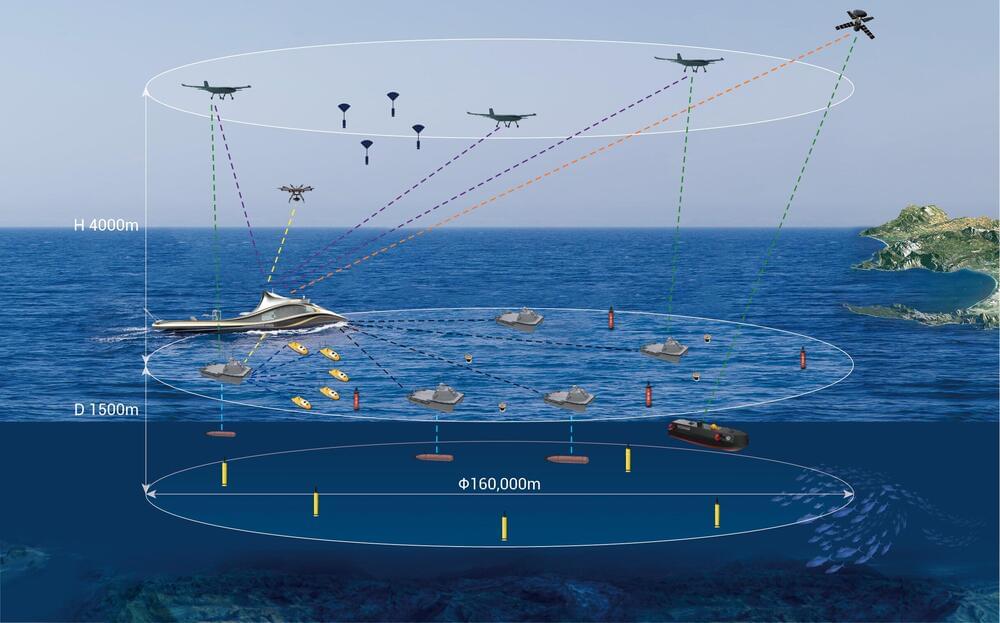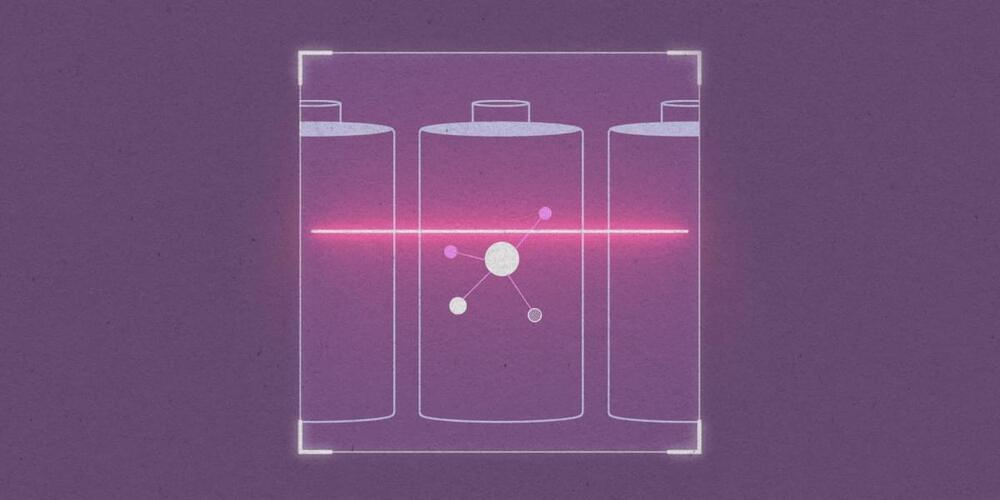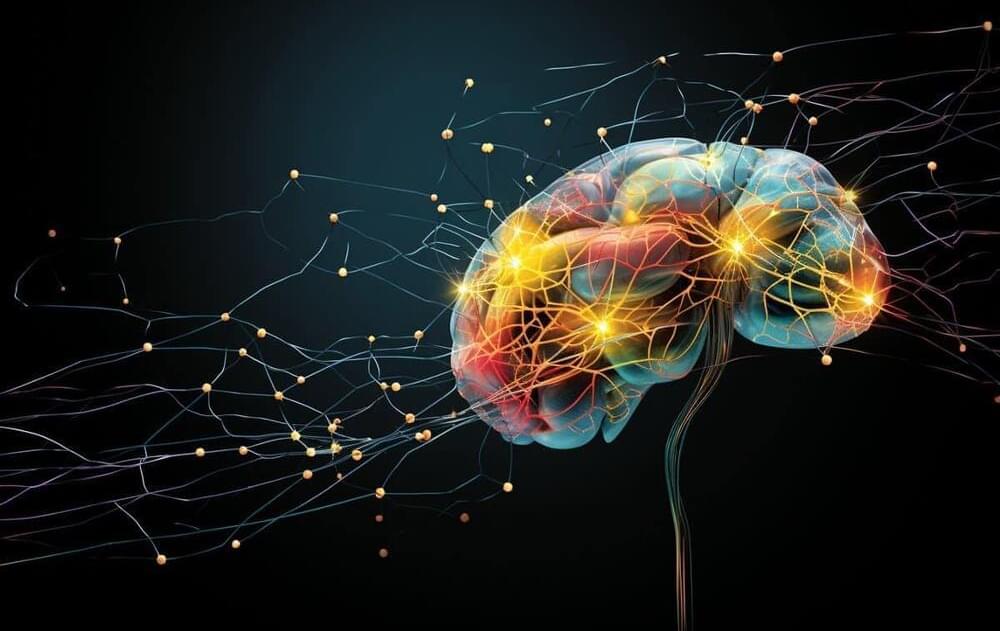Comcast customers can soon get upload and download speeds of up to 2 Gbps even if they don’t have a fiber connection at their home.



The ocean has always been a force to be reckoned with when it comes to understanding and traversing its seemingly limitless blue waters. Past innovations such as deep-sea submersibles and ocean-observing satellites have helped illuminate some wonders of the ocean though many questions still remain.
These questions are closer to being answered thanks to the development of the Intelligent Swift Ocean Observing System (ISOOS). Using this system, targeted regions of the ocean can be mapped in a three-dimensional method allowing for more data to be gathered in a safer, quicker and more efficient method than existing technologies can achieve.
Researchers published their results in Ocean-Land-Atmosphere Research.




Forget the cloud.
Northwestern University engineers have developed a new nanoelectronic device that can perform accurate machine-learning classification tasks in the most energy-efficient manner yet. Using 100-fold less energy than current technologies, the device can crunch large amounts of data and perform artificial intelligence (AI) tasks in real time without beaming data to the cloud for analysis.
With its tiny footprint, ultra-low power consumption and lack of lag time to receive analyses, the device is ideal for direct incorporation into wearable electronics (like smart watches and fitness trackers) for real-time data processing and near-instant diagnostics.

Summary: Unveiling the neurological enigma of traumatic memory formation, researchers harnessed innovative optical and machine-learning methodologies to decode the brain’s neuronal networks engaged during trauma memory creation.
The team identified a neural population encoding fear memory, revealing the synchronous activation and crucial role of the dorsal part of the medial prefrontal cortex (dmPFC) in associative fear memory retrieval in mice.
Groundbreaking analytical approaches, including the ‘elastic net’ machine-learning algorithm, pinpointed specific neurons and their functional connectivity within the spatial and functional fear-memory neural network.

When ChatGPT & Co. have to check their answers themselves, they make fewer mistakes, according to a new study by Meta.
ChatGPT and other language models repeatedly reproduce incorrect information — even when they have learned the correct information. There are several approaches to reducing hallucination. Researchers at Meta AI now present Chain-of-Verification (CoVe), a prompt-based method that significantly reduces this problem.
New method relies on self-verification of the language model.


For more than a century, researchers have known that people are generally very good at eyeballing quantities of four or fewer items. But performance at sizing up numbers drops markedly — becoming slower and more prone to error — in the face of larger numbers.
Now scientists have discovered why: the human brain uses one mechanism to assess four or fewer items and a different one for when there are five or more. The findings, obtained by recording the neuron activity of 17 human participants, settle a long-standing debate on how the brain estimates how many objects a person sees. The results were published in Nature Human Behaviour on 2 October.
The finding is relevant to the understanding of the nature of thinking, says psychologist Lisa Feigenson, the co-director of the Johns Hopkins University Laboratory for Child Development in Baltimore, Maryland. “Fundamentally, the question is one of mental architecture: what are the building blocks that give rise to human thought?”